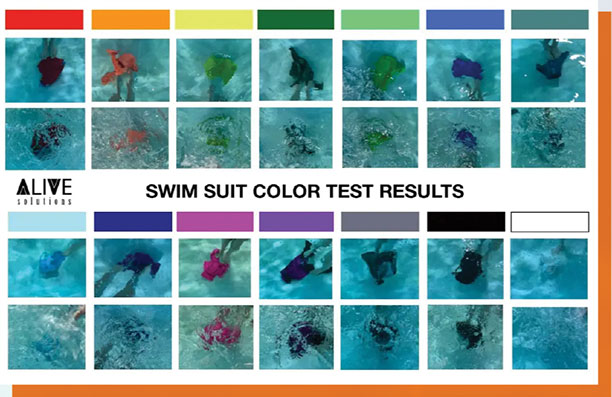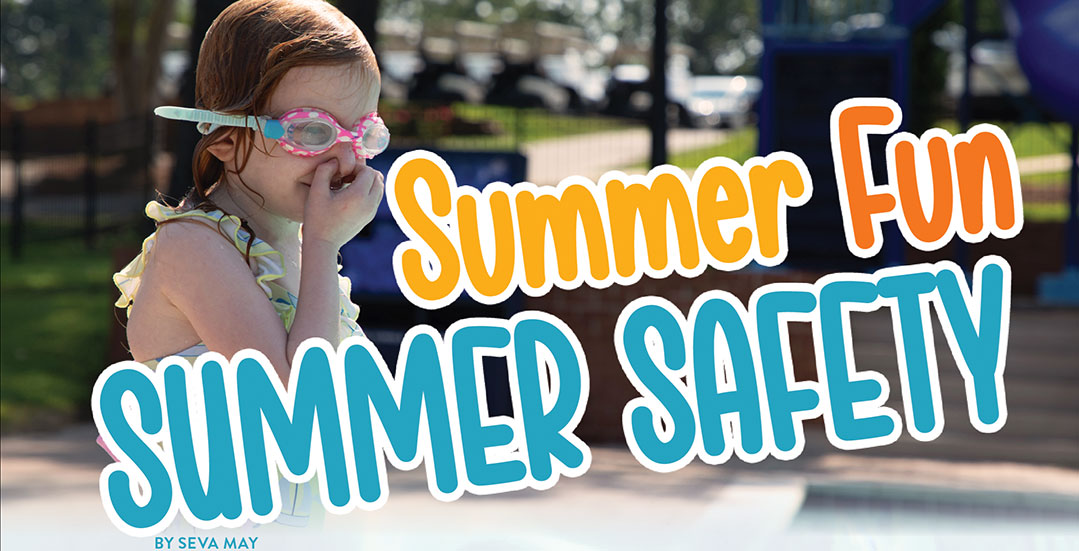Water safety is an important issue for everyone to be aware of, especially when it comes to swimming pools and waterparks. It is essential to know the proper safety tips for swimming in pools and waterparks, as well as safe swimsuit colors. In addition, it is important to be aware of drowning emergencies and how to respond quickly to save a life. Knowing CPR and having life vests available are also key components of water safety.
Summer water safety is of utmost importance due to the high incidence of drowning accidents that occur during this season. According to injury statistics and incidence rates, an average of about 3,600 injuries occurs each year due to near-drowning incidents, with children being particularly vulnerable. In fact, drowning is the leading cause of unintentional injury-related deaths among children aged 1-4 and the second-leading cause of injury or death for children ages 5 to 9 years. What is depicted in movies is not exactly how drowning occurs in real life. After bobbing just at the surface struggling for air, a child will sink to the bottom. The color of a child’s swimsuit can improve the visibility of a drowning victim. Certain patterns, designs, and colors can look like a pile of leaves resting at the bottom of a pool and will disappear in a lake or pond. Alive Solutions, a company specializing in aquatic safety, training, and risk assessment, put 14 swimsuits in a wide variety of colors to the test to find out which colors were most visible in the water. To see their results, visit alive-solutions.com
Avoid dangerous swimming locations and risky behaviors, such as drinking alcohol while around water and diving into shallow water or unfamiliar swimming holes. Formal swimming lessons can reduce the risk of drowning, but children who have had swimming lessons still need close and constant supervision. Installing barriers, such as fencing around swimming pools, can also help prevent drowning accidents.
It is essential to use caution and recognize how quickly drownings can occur. Some important water safety tips include wearing a properly fitted U.S. Coast Guard-approved life jacket while boating, never swimming alone and keeping swimming pools or hot tubs clean and properly

maintained. It is also important to find and reduce water hazards, such as by installing fencing, locks, and alarms around pools and not leaving toys or items of interest near water. Finally, it is always best to swim in places that are supervised by a lifeguard, as they can anticipate changing ocean currents, rip currents, and sudden storms.
Learning swimming and basic water skills is an investment in your and your loved one’s well-being and is one of the most important precautionary measures for water safety. It is essential for both children and adults to know how to swim and be comfortable in the water. Swimming lessons can be taken at local community centers or through private instructors. Many organizations, such as the YMCA, offer water safety programs that teach basic safety lessons over several sessions. These programs can be especially beneficial for children who are non-swimmers or beginners. It is recommended that children learn to swim with a certified instructor and that they receive annual refresher courses to maintain their skills.
Life jackets should be worn by anyone who is not a strong swimmer or is participating in water activities such as boating or tubing. Remember, though, that a life jacket is a tool. It is not a replacement for learning how to swim. It is important to choose a life jacket that is properly fitted and US Coast Guard-approved. Before using a life jacket, check for any tears or loose straps. It is also important to note that air-filled swimming aids, such as water wings, are not safe substitutes for life jackets. By wearing a life jacket or flotation device, individuals can increase their chances of staying afloat and reduce the risk of drowning.
Supervision and monitoring by an adult are crucial for water safety, especially when children are involved. When you are with your child at a pool or lake, now is the time to become a diligent “helicopter mom.” Children should never be left unsupervised near water, even if they know how to swim. Adults should always be present and actively monitoring children when they are in or around water. It is important to appoint a designated watcher to monitor children during social gatherings near water. Keep small children within arm’s reach. The American Academy of Pediatrics recommends “touch supervision.” It is recommended to learn CPR and other lifesaving techniques in case of an emergency. By being vigilant and taking responsibility for the safety of children and others, individuals can prevent accidents and ensure a safe and enjoyable experience in and around water.
In the event of a water accident, performing CPR and first aid can be critical in saving a life. It is important to learn how to perform CPR on infants, children, and adults. The American Red Cross offers Learn-to-Swim programs taught by Water Safety Instructor certified professionals, which equip people of all ages with knowledge and skills to respond to water emergencies. When performing CPR, it is recommended to give five initial rescue breaths, followed by cycles of 30 compressions and two rescue breaths. Knowing how to safely assist a drowning person, such as “reach or throw, don’t go,” can also be essential in preventing further harm. Taking a first aid course that covers these topics can empower individuals with the skills needed to keep themselves and others safe when swimming.
Seeking professional medical help is also crucial in emergency situations. If someone is experiencing symptoms such as difficulty breathing, chest pain, or loss of consciousness, it is important to call 911 immediately. Additionally, if someone has been submerged in water for an extended period or has inhaled water, they should seek medical attention even if they appear to be fine. It is important to remember that even if someone appears to have recovered from a water accident, delayed complications can arise, and seeking medical attention can help prevent further harm.









